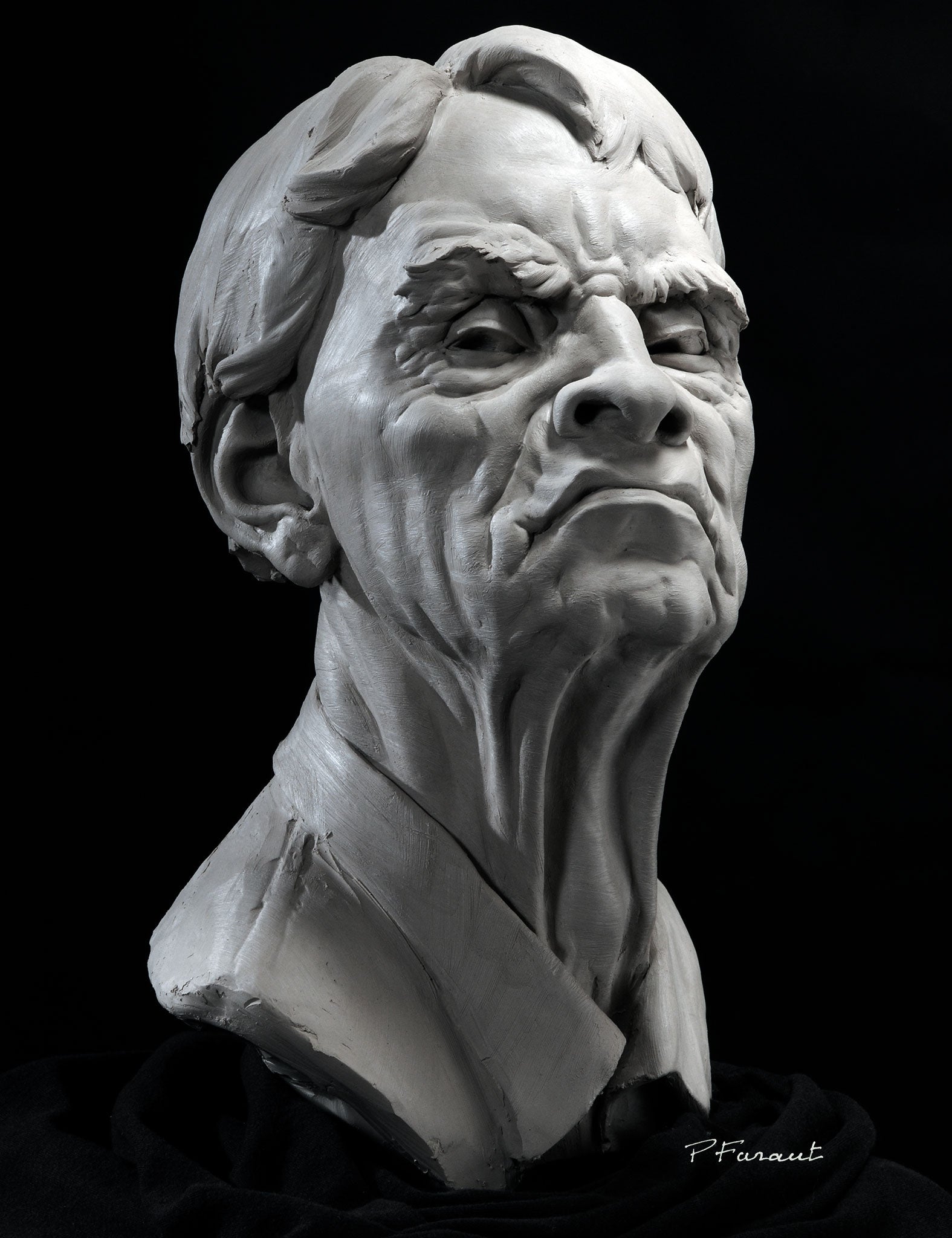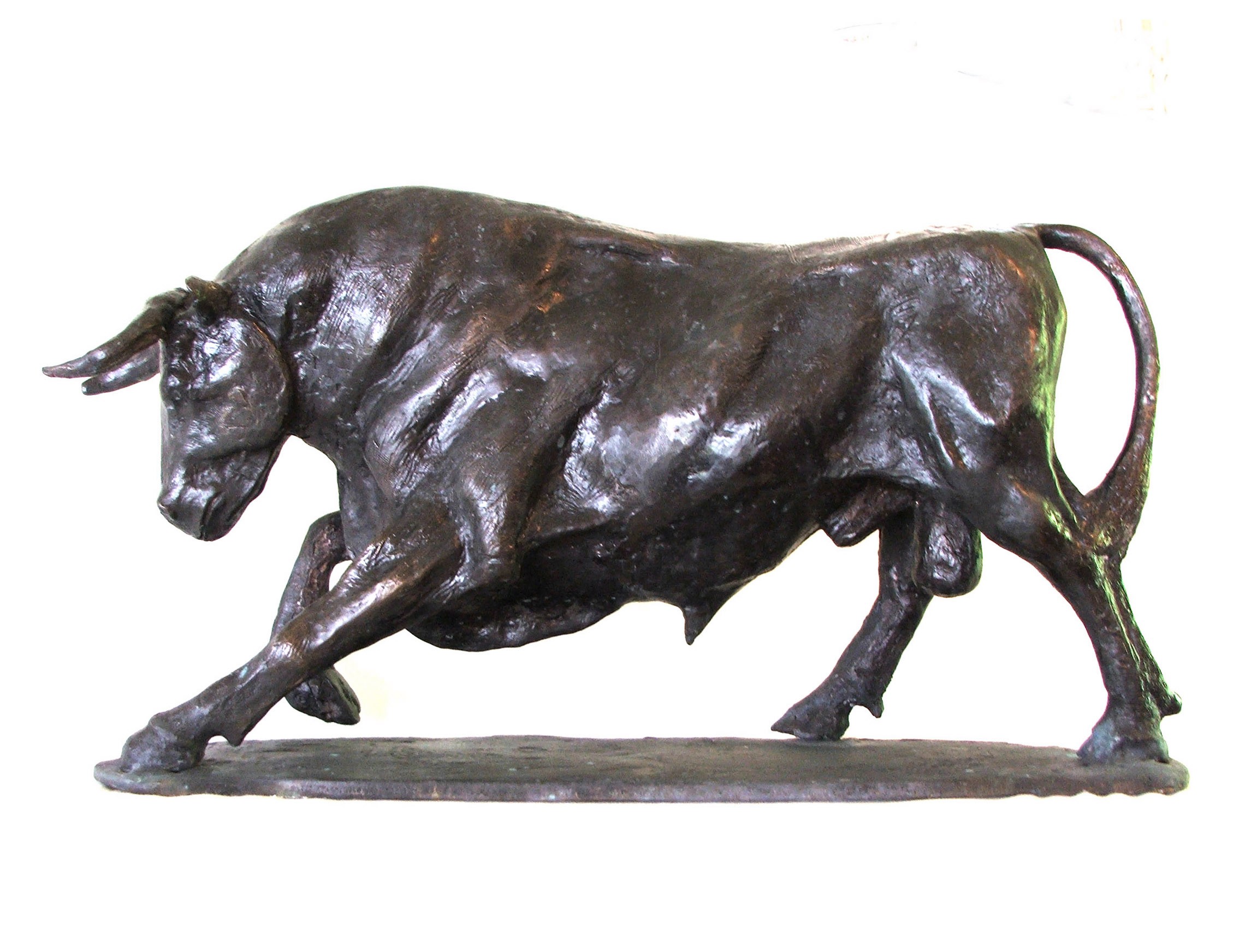In the Spirit of the Horse: Admire the Beauty of Equine Sculptures
Wiki Article
The Influence of Nature in Sculpture Art
The influence of nature in sculpture art is a topic that has captivated artists throughout background. From ancient people to modern artists, the environment has functioned as a profound resource of motivation. This influence is apparent in the organic kinds and forms that are often discovered in sculpture, resembling the contours and contours of nature. Sculptors additionally explore structure and products in their job, looking for to recreate the tactile qualities of the environment. Symbolism of natural environments is another method which nature influences sculpture, as artists imbue their productions with the definition and associations fundamental in these components. The setting itself, with its landscapes, plants, and fauna, is frequently reflected in sculptures, supplying a link to the world around us. Eventually, sculpture art has the power to record the transience of nature, freezing a moment in time and enabling us to value its elegance in perpetuity.Organic Forms and Shapes
Organic kinds and forms, inspired by the unified structures and elaborate patterns located in nature, play a critical duty in the world of sculpture art. Artists have long been mesmerized by the appeal and complexity of the all-natural globe, finding ideas in the graceful curves of a seashell, the fragile flowers of a flower, or the turning branches of a tree. By mimicing and abstracting these natural forms, musicians are able to develop sculptures that evoke a feeling of harmony and equilibrium.One of the factors organic kinds and shapes are so widespread in sculpture art is their capability to get in touch with viewers on a deep emotional level. The natural globe recognizes to all of us, and when we see these forms stood for in art, it generates a feeling of comfort and recognition. It advises us of our area in the grand scheme of things and permits us to get in touch with something higher than ourselves.
In addition, natural types and shapes in sculpture art often embody a feeling of movement and energy. The moving lines and vibrant structures simulate the continuous motion and development found in nature. This develops a sense of vitality and brings sculptures to life, making them look like if they can remain to change and evolve prior to our eyes.
Structure and Product Expedition
A considerable aspect of sculpture art affected by nature is the expedition of appearance and materials through making use of different methods and mediums. Musicians usually draw ideas from the diverse structures discovered in the environment, such as the harsh bark of a tree, the smooth surface area of a stone, or the detailed patterns on a fallen leave. By including these textures right into their work, artists can develop a tactile experience for customers, welcoming them to involve with the art work on a sensory degree.Appearance can be attained in sculpture with a variety of techniques. Some artists pick to carve or sculpt directly right into the chosen material, creating a three-dimensional surface that imitates the appearances located in nature. Others may utilize strategies such as molding or casting to capture the details of natural structures. In addition, artists may experiment with different materials, such as wood, rock, steel, or clay, each providing its very own unique texture and aesthetic charm.
Material exploration is likewise a significant component of sculpture art influenced by nature. They might include natural aspects like branches, leaves, or also soil into their sculptures, blurring the limits between art and the atmosphere.
Symbolism of All-natural Elements
The unification of natural aspects in sculpture art adds a layer of significance and depth to the art work. By utilizing products discovered in nature, artists are able to imbue their creations with definition that resonates with audiences on a profound degree. Natural environments such as wood, stone, and plants have actually been used throughout history to communicate different symbolic messages.Sculptures crafted from this material can stimulate a sense of connection to the earth and the cycles of life. Sculptures carved from stone can signify the ageless nature of particular concepts or concepts.
Blossoms and my blog plants are also regularly included into sculpture art, standing for styles of growth, appeal, and renewal. The fragile flowers and lively shades of flowers can stimulate sensations of delight, while the intertwining branches of plants can symbolize interconnectedness and unity.
Along with these natural materials, sculptors may likewise make use of natural environments such as wind, fire, or water to further enhance the symbolic message of their art work. These aspects can represent the transformative power of nature, the passage of time, or the pressures that shape our world.

Representations of the Setting
Representations of the Setting can be seen in sculpture art through the incorporation of natural environments and the representation of environmental motifs. Carvers commonly attract motivation from the atmosphere, using materials such as wood, rock, or perhaps recycled materials to develop their artworks. By using these natural elements, they not just pay tribute to the setting yet additionally develop a more powerful link in between the art work and its surroundings.Along with the materials used, sculpture art also reflects the environment with the portrayal of eco-friendly motifs. Lots of carvers pick to portray pets, plants, or landscapes in their job, highlighting the beauty and delicacy of the environment. These sculptures work as pointers of the value of protecting our environment and the requirement for sustainable methods.

In addition, ecological sculptures often aim to raise awareness about pressing environmental problems. They function as aesthetic representations of the effect of human activities on the atmosphere, such as logging, air pollution, or climate change. By showing these problems in their artwork, sculptors hope to inspire visitors to do something about it and end up being a lot more mindful of their own environmental impact.
Recording the Transience of Nature
Sculpture musicians further check out the impact of nature by masterfully catching the ever-changing and ephemeral elements of the environment. Through their artistry, these artists intend to depict the short lived charm and transience of nature, stimulating a sense of marvel and consideration in visitors.One method in which sculpture artists capture the transience of nature is by utilizing materials that are themselves based on degeneration and modification. Artists might pick to work with natural materials such as leaves, blossoms, or timber, which normally deteriorate over time. This intentional selection highlights the brevity of nature and advises us of the unpreventable cycle of life and fatality.
Furthermore, sculpture artists often use methods that develop a feeling of motion and fluidness in their work. By incorporating flowing lines and dynamic kinds, they share the ever-changing nature of the natural globe. This can be seen in sculptures motivated by wind, water, or the growth of plants, where the artist seeks to record the significance of constant activity and improvement.
In addition, some musicians choose to create site-specific or momentary installments that interact with the environment. These ephemeral sculptures, made from materials such as light, ice, or sand, are intentionally developed to progressively change or vanish in time. By accepting the transient nature of their creations, musicians invite viewers to review the short lived charm of the natural world and the impermanence of human presence.

Final Thought
In conclusion, nature has a profound influence on sculpture art (Robert C Hitchcock Sculptor). Texture and material exploration additionally improve the connection to nature, as artists frequently integrate all-natural products into their sculptures.
Importance of natural elements is another means in which nature influences sculpture, as musicians imbue their developments with the significance and organizations intrinsic in these components.A significant aspect of sculpture art affected by nature is the exploration of structure and products with the usage of various strategies and tools (Bronze Sculptures).Product exploration is also a considerable part of sculpture art influenced by nature.One means in which sculpture artists record the transience of nature is by using products that are themselves subject to degeneration and adjustment. Appearance and material expedition additionally boost the connection to nature, as artists commonly include natural products into their sculptures
Report this wiki page